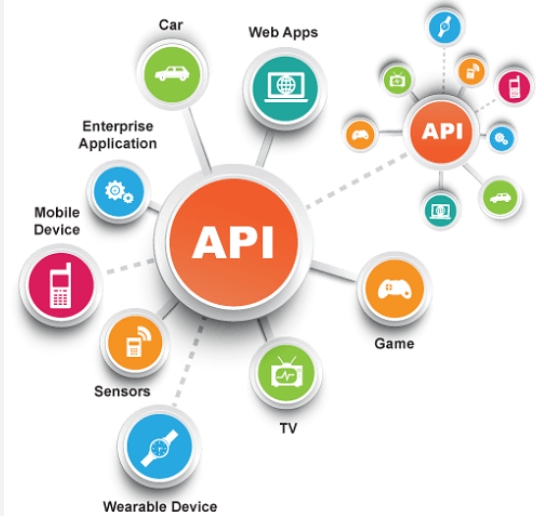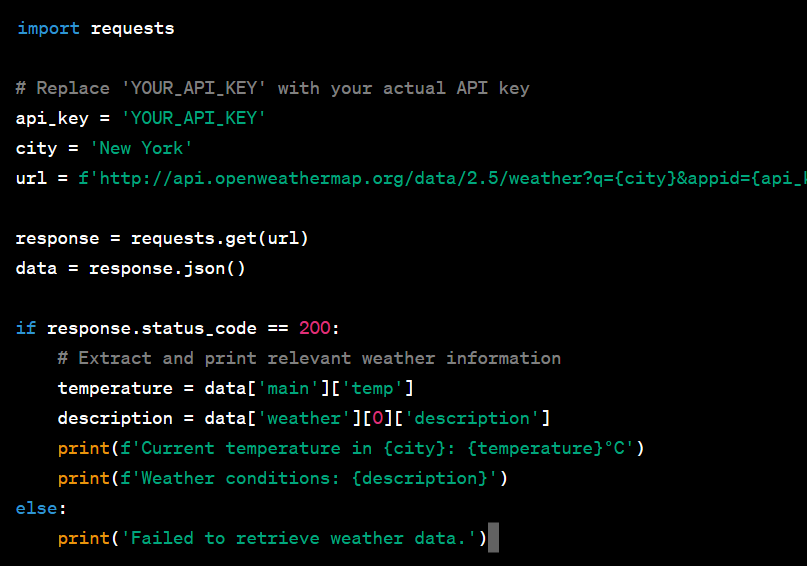Supercharge Your Data Analysis: Unleashing the Power of Data APIs
 Bella Eke
Bella Eke
In today's data-driven world, quick and efficient access to data is the key to staying ahead. Whether you're a data scientist, developer, or tech enthusiast, harnessing the potential of data through Application Programming Interfaces (APIs) can transform the way you work with information. Let's explore how these APIs can empower your data analysis endeavours.
The Data API Advantage
APIs serve as gateways to a wealth of data and services. They offer the following advantages:
Real-Time Data Access: With APIs, you can tap into live data feeds, ensuring you're always up to date. This is invaluable for applications that require real-time information, such as stock market analysis or weather forecasts.
Data Analysis: Data APIs make it a breeze to retrieve datasets for in-depth analysis. For businesses, this means gaining insights into sales trends, customer behaviour, and market dynamics.
Web Service Integration: APIs enable seamless integration with popular web services. Whether you're embedding Google Maps, processing payments, or connecting with social media platforms, APIs make it easy.
Automated Data Retrieval: Forget manual data collection. APIs allow you to automate data retrieval, making it a perfect fit for tasks like scheduled reports and data synchronization.
Enhanced User Experience: Developers can use APIs to access user data, location information, product details, and more. This facilitates a personalized and seamless user experience.
Practical Use Case: Weather Data Retrieval
Let's dive into a real-world example of using a data API to retrieve weather information. In this case, we'll use the OpenWeatherMap API to fetch the current weather conditions for a specific location.
Step 1: Sign Up for an API Key
Before you start, sign up for a free API key on the OpenWeatherMap website. This key is required for accessing the API.
Step 2: Make API Requests
Here's a simple Python code snippet to fetch weather data using the requests library:

Step 3: Understanding the Code
We import the
requestslibrary to make HTTP requests to the API.Replace
'YOUR_API_KEY'with your actual API key obtained in Step 1.We specify the city for which we want weather data and construct the API request URL.
We make the API request using
requests.get(url)and parse the JSON response.If the response status code is 200 (indicating success), we extract and print the current temperature and weather conditions.
Step 4: Run the Code
Execute the Python script, and you'll receive real-time weather data for the chosen location. This simple example demonstrates how APIs can provide immediate access to valuable data for analysis and application integration.
Embrace the Data API Revolution
APIs have revolutionized the way we access, analyze, and utilize data. Whether you're developing applications, optimizing business operations, or uncovering data-driven insights, APIs serve as the fast track to a world of data possibilities. Start your journey today, embrace innovation, and unlock the full potential of data!
#DataBytes #DataDose #DataPills #DataAnalysis #APIs
Subscribe to my newsletter
Read articles from Bella Eke directly inside your inbox. Subscribe to the newsletter, and don't miss out.
Written by

Bella Eke
Bella Eke
I am a data professional known for my unique visual perception skills. My passion lies in unraveling the mysteries of this groundbreaking field and making it accessible to all. I thrive on simplifying the most complex concepts for everyone's benefit. Through the hashtags #DataBytes, #DataPills, and #DataDose, I daily disseminate knowledge, offering bite-sized portions of data insights. My mission is to enhance data literacy, a social responsibility I embrace as a way of giving back to humanity. Join me on this journey towards a data-driven future.